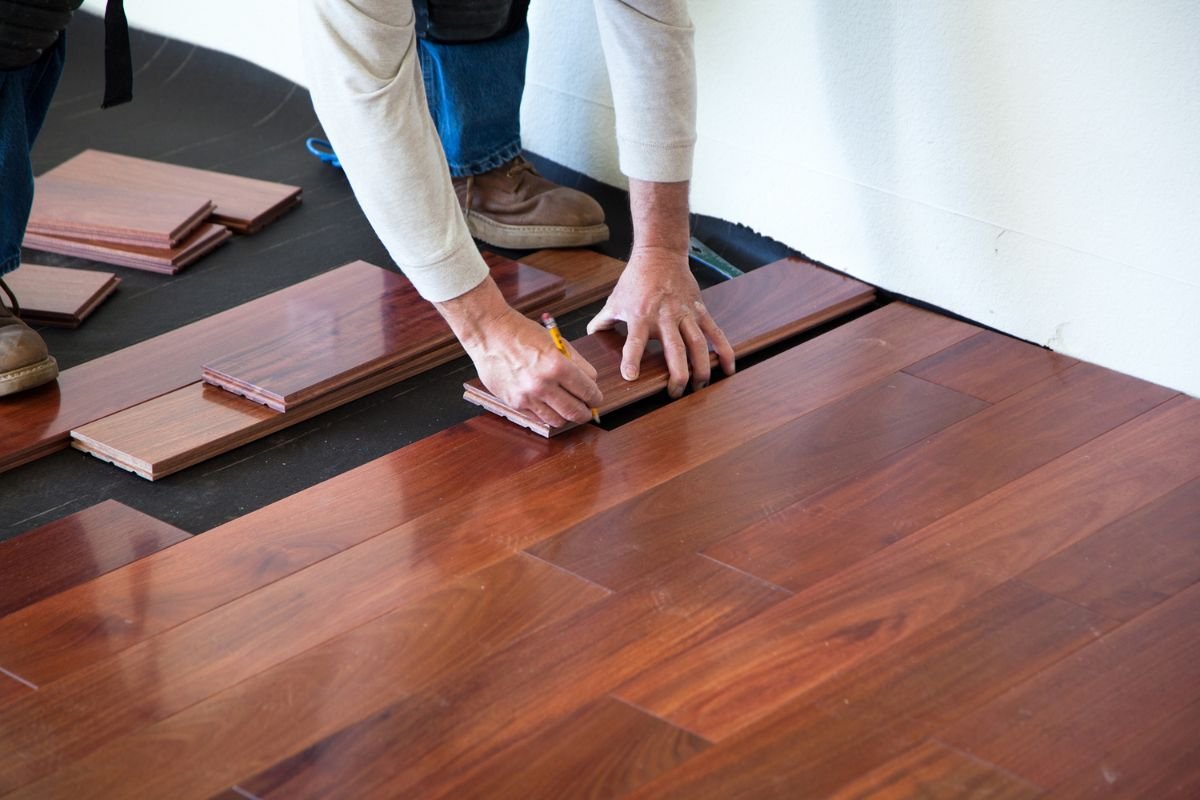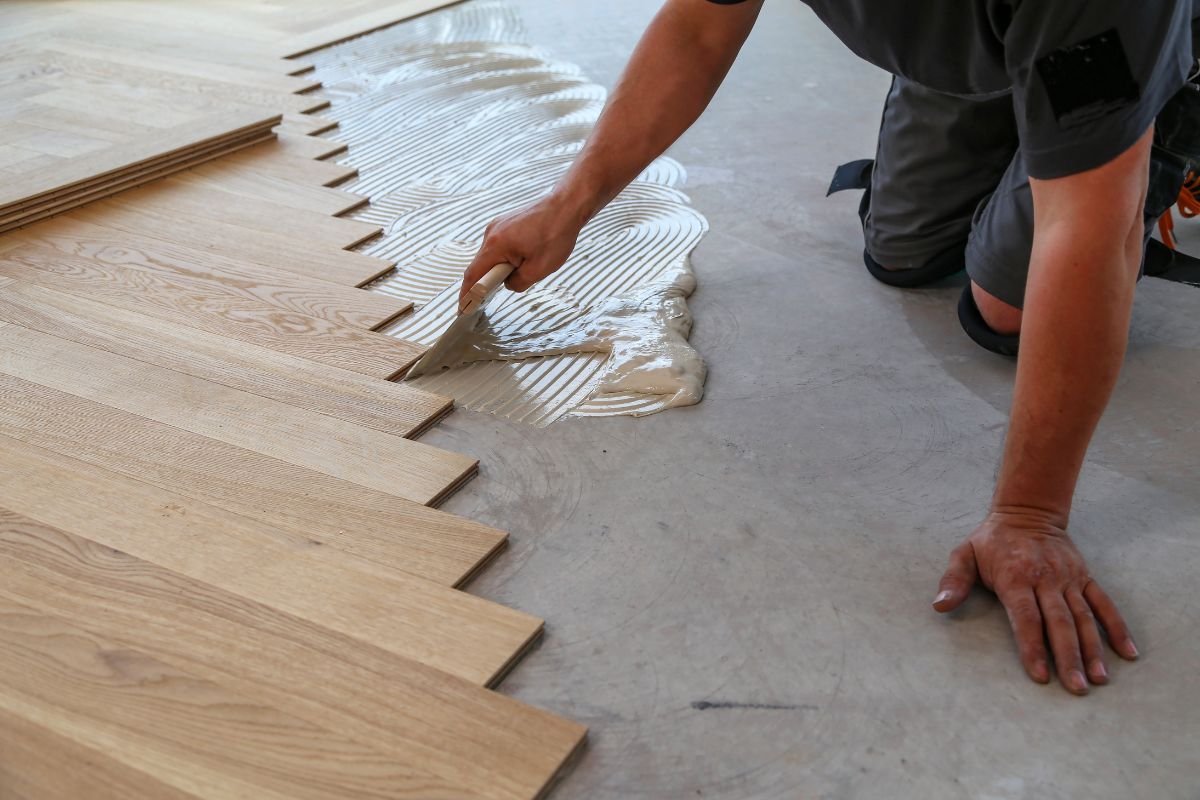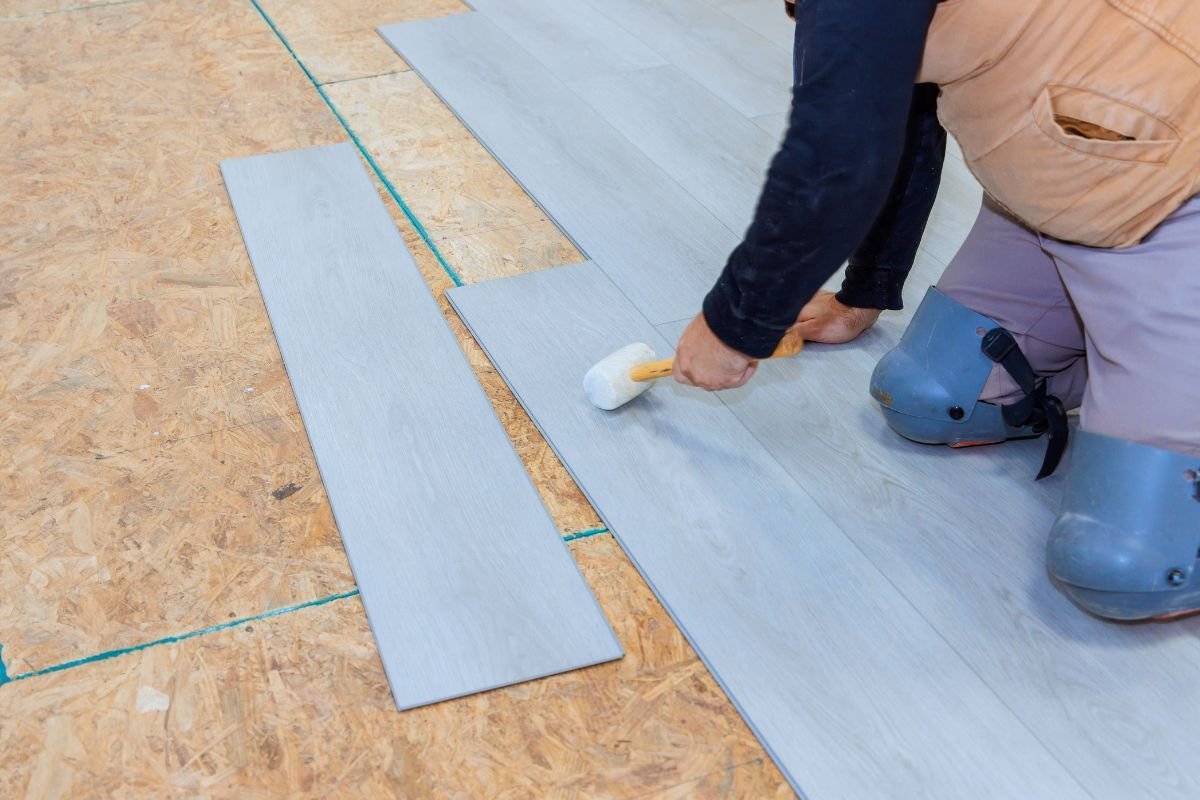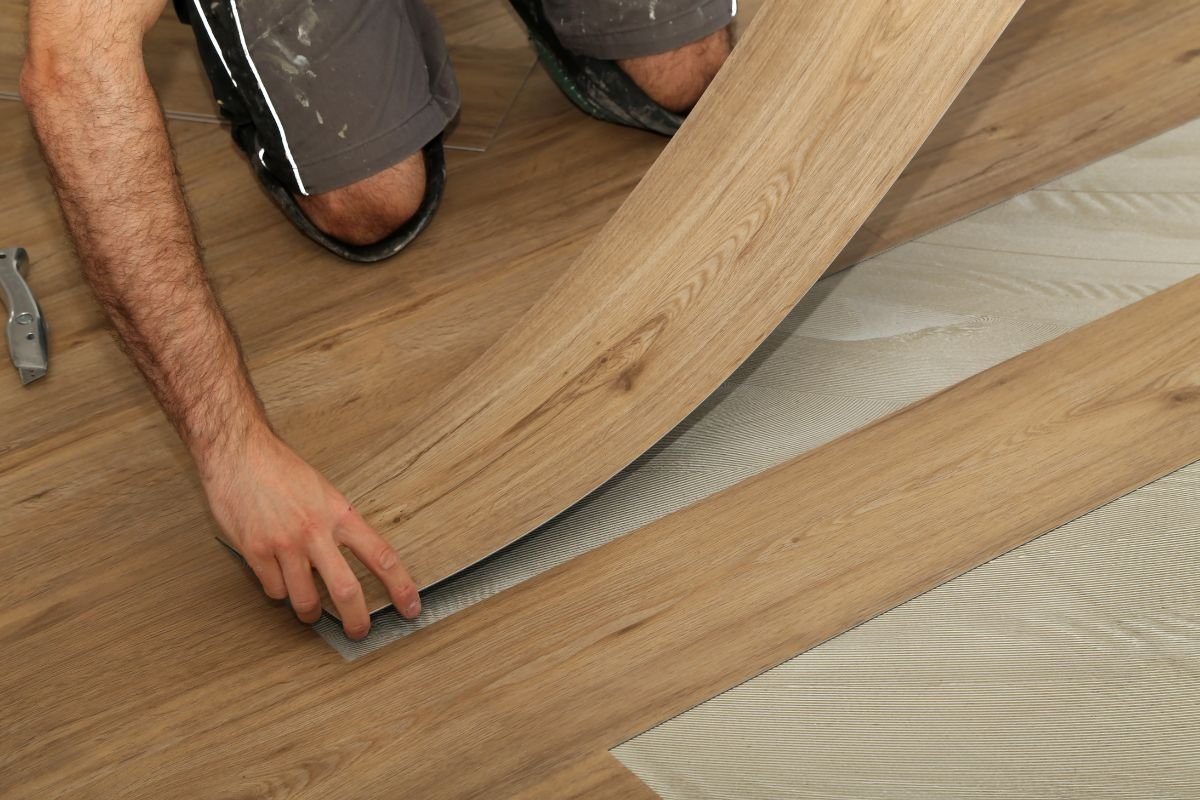Flooring is not just about aesthetics; it’s the foundation of your space, setting the tone for functionality, comfort, and style. However, choosing the right flooring and understanding the estimates involved can be a daunting task. From material costs to installation expenses, navigating through buildingconnects requires careful consideration and understanding.
In this article, we delve into the intricacies of flooring estimates, providing insights to help you make informed decisions for your next flooring project.
1. Understanding Flooring Estimates:
Before delving into the specifics of flooring estimates, it’s crucial to understand what they entail. A flooring estimate typically includes the costs associated with materials, labor, additional services, and any unforeseen expenses. Factors such as the type of flooring material, square footage, subfloor condition, and installation method all influence the overall estimate.
2. Types of Flooring Materials:

When considering flooring options, there’s a plethora of materials to choose from, each with its unique characteristics and price points. Common flooring materials include hardwood, laminate, vinyl, tile, carpet, and engineered wood. The cost of materials varies significantly depending on factors such as quality, durability, and style preferences.
Hardwood flooring, known for its timeless appeal and durability, tends to be on the higher end of the price spectrum. Laminate and vinyl flooring offer cost-effective alternatives without compromising on aesthetics or performance. Tile flooring, available in ceramic, porcelain, or natural stone, offers versatility and durability, but costs can vary depending on the chosen material. Carpet, favored for its warmth and comfort, can range from budget-friendly options to luxurious varieties.
3. Factors Influencing Estimates:
Several factors influence flooring estimates, and understanding these variables is essential for accurate budgeting. Square footage plays a significant role in determining material costs, with larger spaces requiring more materials. Additionally, the condition of the subfloor can impact installation costs, as repairs or preparations may be necessary before laying the new flooring.
4. Installation Method:

The installation method chosen also affects the overall estimate. Different flooring materials require specific installation techniques, and labor costs vary accordingly. For instance, hardwood flooring may involve nail-down, glue-down, or floating installation methods, each with its associated costs. Similarly, tile installation requires skilled labor for precise placement and grouting, adding to the overall estimate.
5. Additional Services and Accessories:
Beyond material and labor costs, quantity-surveying may include additional services and accessories. These can include removal and disposal of old flooring, subfloor preparation, moisture barriers, underlayment, transitions, and trim installation. While these services may incur additional expenses, they are essential for ensuring a seamless and long-lasting flooring installation.
6. Obtaining Multiple Estimates:
To ensure transparency and competitive pricing, it’s advisable to obtain multiple estimates from reputable flooring contractors. Comparing estimates allows you to assess pricing differences, evaluate proposed materials and services, and choose the option that best fits your budget and preferences. Be sure to communicate your requirements clearly and ask questions to clarify any discrepancies or uncertainties in the estimates provided.
7. Budget Considerations and Contingencies:

When budgeting for a flooring project, it’s essential to consider not only the initial estimate but also potential contingencies and hidden costs. Unexpected issues such as subfloor damage, structural repairs, or unforeseen obstacles during installation can impact the overall project cost. Allocating a contingency fund of around 10-15% of the total residential-estimating can help mitigate financial surprises and ensure that your project stays within budget.
8. Maximizing Value and Longevity:
While it’s tempting to opt for the lowest-priced option, prioritizing quality and longevity can yield greater value in the long run. Investing in high-quality materials and skilled installation may entail higher upfront costs but can result in flooring that withstands the test of time with minimal maintenance. Consider factors such as durability, warranty coverage, and lifecycle costs when making decisions about flooring materials and installation.
Conclusion:
Navigating flooring estimates requires careful consideration of various factors, from material choices to installation methods and additional services. By understanding the components of flooring estimates and obtaining multiple quotes, you can make informed decisions that align with your budget and project requirements. Remember to prioritize value and quality to ensure a successful flooring project that enhances the beauty and functionality of your space for years to come.





